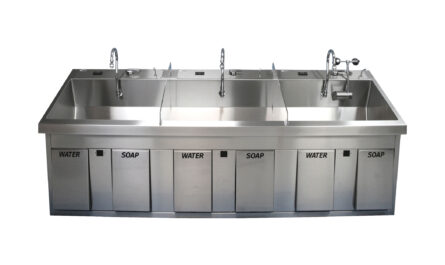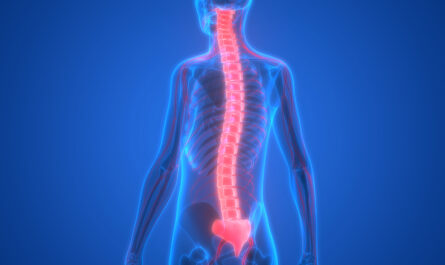
What are Stairlifts?
A stairlift is a mechanical device that is installed on a staircase to transport individuals up and down stairs. Stairlifts consist of a seat, footrest platform, and swivel seat that moves along rails or tracks installed along the staircase. The wheelchair-like stairlift is controlled either by a joystick mounted on the armrest or a wireless remote. A stairlift allows individuals who have difficulty with mobility to access different floors of their home independently and safely.
Types of Stairlifts
There are different types of stairlifts available depending on the design of stairs and user needs:
– Straight stairlifts: As the name suggests, straight stairlifts are used on stairs that run in a straight line without any turns. Straight stairlifts simply glide up and down the staircase in a straight path.
– Curved stairlifts: For staircases that have a turn or winders, curved stairlifts are used. These stairlifts have pivoting seats and flexible rails or tracks that hug turns efficiently.
– Outdoor stairlifts: For homes with exterior stairs or entrances, outdoor stairlifts are weather-resistant options designed to withstand exposure to elements. Most outdoor stairlifts have retractable canopies and battery backup in case of power outages.
– Standing stairlifts: For individuals who have difficulty sitting but can stand, standing stairlifts offer a platform instead of a seat to provide support while ascending or descending stairs.
– Rail stairlifts: Usually installed on staircases without walls, rail stairlifts are self-supporting with rails on both sides and a saddle seat for transportation.
Installation and Safety Features
Stairlift installations involve a site assessment of the staircase by a technician to determine the appropriate model. The rails or tracks are then securely fixed to the stairs with any necessary modifications to walls, banisters completed. Most stairlifts nowadays come equipped with safety features like:
– Seat belts – To secure rider in place for safe travel.
– Obstruction sensors – Detect obstacles in the stairlift path and stop immediately to prevent accidents.
– Power cuts – In case of power failure, most models have battery backup or can be safely slowed and stopped.
– Armrest swivel stops – Prevents accidental ejection of rider from seat while rotating seat at landings.
– Retractable footrest – Minimizes tripping hazard when not in use.
Proper care and periodic safety checks ensure stairlifts work safely for years. Home assessments help identify suitable models for individual needs. With installation and user training, stairlifts are a convenient way to maintain mobility within one’s own home.
Benefits of Using a Stairlift
Stairlifts provide independence and improve quality of life significantly for users in several ways:
– Remain at home longer – By overcoming stairs, stairlifts allow individuals to live independently in their own homes instead of moving.
– Greater accessibility – Stairlifts give access to all floors including bedroom, bathroom, living areas rather than limiting activity to a single floor.
– Avoid relocation stress – Elders don’t need to uproot from familiar surroundings due to inability to navigate stairs.
– Safety – With seat belts and safety features, stairlifts transport users much safer than risky alternates like crawling or being carried.
– Mobility assistance – Even minor mobility issues like knee/hip pain or weakness prevented stair use earlier. Stairlifts solve this obstacle conveniently.
– Privacy – Stairlifts maintain user dignity and privacy compared to depending on caregivers to access different areas.
With the aid of modern stairlifts with cutting-edge features, individuals can maintain an active lifestyle and stay engaged within their multi-level homes without difficulty on the stairs. Stairlifts truly empower independent living for all ages.
Costs Associated with Stairlifts
While a stairlift certainly improves quality of life, users also want to understand associated costs. On average, the total stairlift installation ranges from $3000-$5000 depending on the model type and installation complexity. Factors affecting stairlift pricing include:
– Model – Curved or outdoor stairlifts tending to be more expensive than straight rail models.
– Installation – Trickier installations involving substantial modifications cost higher. Simple stairs usually cheaper to setup.
– Additional features – Options like battery backup, remote controls, etc. influence pricing.
– Regional differences – Costs may vary a little between locations based on material and labor expenses there.
Warranties, maintenance plans, and low-interest financing options are available from reputed stairlift suppliers as well. Second-hand refurbished stairlifts also offer excellent value and performance at lower prices if installed properly. Overall, stairlifts provide an affordable way to maintain mobility when compared to assisted living expenses long term.



